In 1963 Alfred Hitchcock released The Birds, one of his most iconic thrillers. The movie considered what would happen if flocks of birds, animals that linger in the background of many of our daily lives, suddenly rose up and attacked a small coastal town in California. The film was inspired by a real-life event, namely an attack by sooty shearwaters on Capitola, California, in 1961. It was linked to diatom poisoning of the anchovies eaten by the birds. The shearwaters crashed into rooftops, and their carcasses were found on the streets and throughout the town.
Movies like The Birds (1963) or The Happening (2008) that explore the possibility of nature suddenly becoming vindictive pop into theaters from time to time, but the prospect of injuries and even deaths caused by aggressive birds is not fiction. Territoriality and defending young from predators remains serious business, and even the smallest birds will lash out at threats. The list below highlights some of the world’s most dangerous birds.
Cassowary (Casuarius)
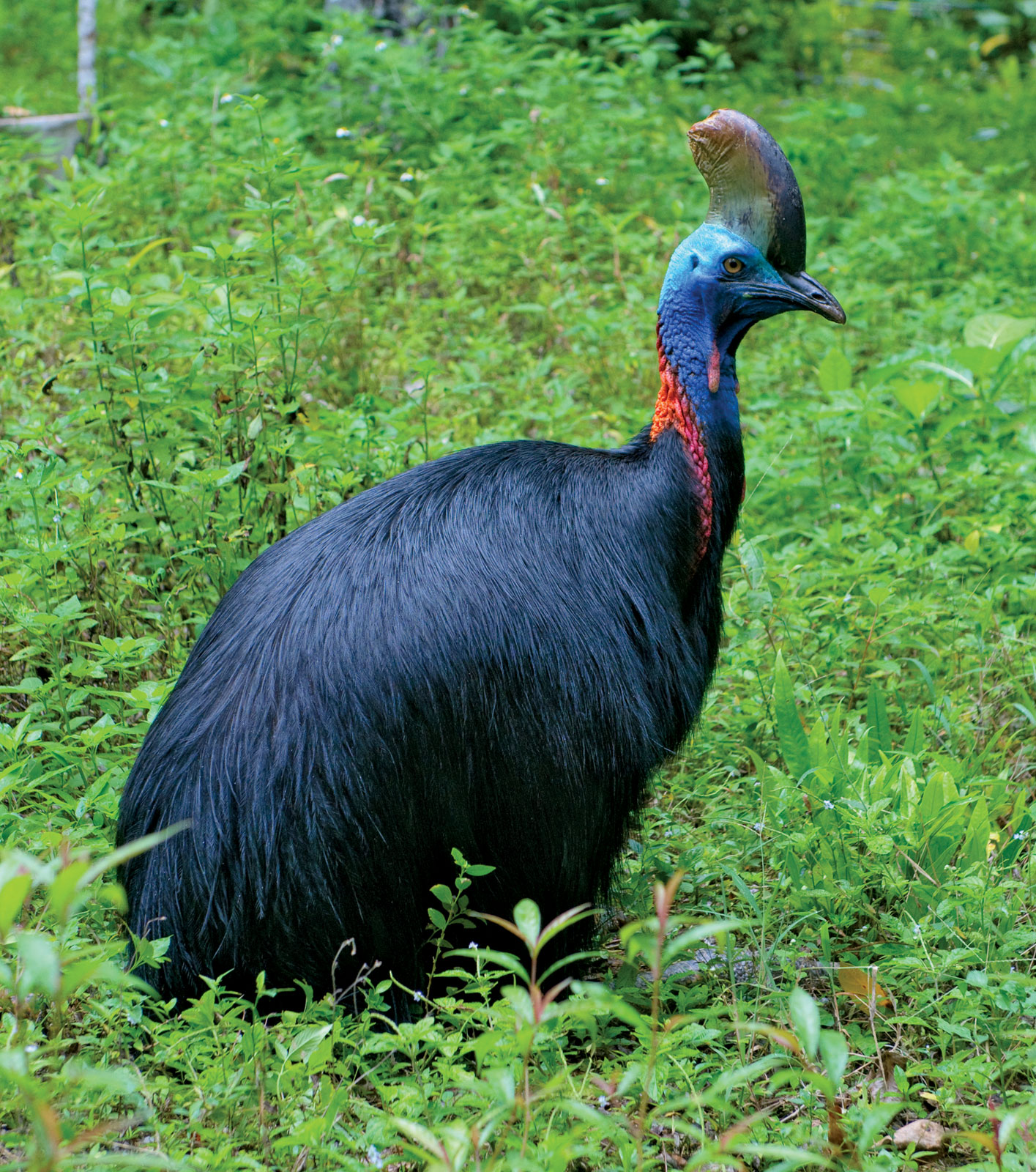
Cassowaries are the only members of the family Casuariidae and belong to the order Casuariiformes, which also includes the emu. Three species (counted by some experts as six), each with several races, live in habitats that span parts of Australia and New Guinea. The cassowary has been known to kill human beings with slashing blows of its feet, as the innermost of its three toes bears a long daggerlike nail. The bird has been observed moving rapidly along narrow tracks in the bush, sprinting as fast as 50 km (31 miles) per hour.
Cassowaries are curious, and they do attack from time to time, but attacks on humans are relatively rare. Those attacks that do occur overwhelmingly involve soliciting food from people. One of the most recent incidents came in 2012, when a tourist in Queensland, Australia, was kicked by a cassowary off a ledge and into a body of water but remained unharmed otherwise. One of the most famous attacks (and the only one known to result in a confirmed death) occurred in 1926: one member of a group of teenaged boys hunting cassowaries was killed after a cassowary leapt upon him while he was on the ground. The bird slashed the boy’s jugular vein with its long toenail.
Ostrich (Struthio camelus)
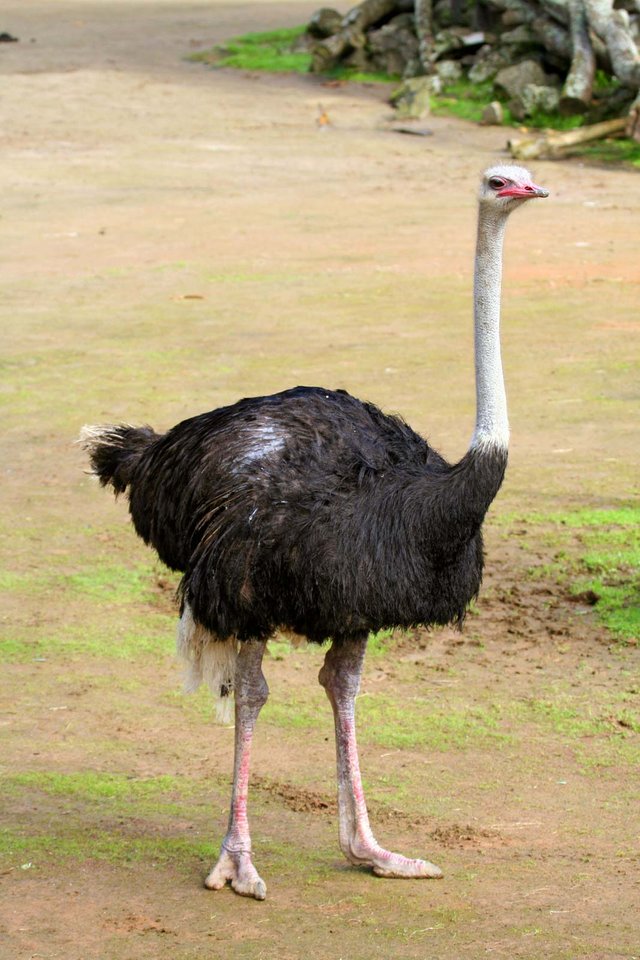
Ostriches are flightless birds found only in open country in Africa. The largest living birds, adult males may be 2.75 meters (about 9 feet) tall—almost half of that height being in the neck—and weigh more than 150 kilograms (330 pounds). Ostriches are seen individually, in pairs, in small flocks, or in large aggregations, depending on the season. The ostrich relies on its strong legs—uniquely two-toed, with the main toe developed almost as a hoof—to escape its enemies, chiefly humans and the larger carnivores. A frightened ostrich can achieve a speed of 72.5 kilometers (45 miles) per hour. If cornered, it can deliver dangerous kicks capable of killing lions and other large predators. Deaths from kicks and slashes are rare, with most attacks resulting from humans provoking the birds.
One of the most interesting ostrich-attack stories involved the American musician Johnny Cash, who kept an exotic animal park with ostriches on his property. Cash encountered an aggressive male ostrich several times during his walks in the woods in 1981. On one occasion, Cash brandished a 6-foot stick and swung it at the bird, who dodged the swipe and slashed at Cash with its foot. Cash noted that the blow struck him in the stomach, and if it weren’t for a strong belt buckle, he said that the ostrich’s toe claw would have cut his abdomen open and killed him.
Emu (Dromaius [or Dromiceius] novaehollandiae)
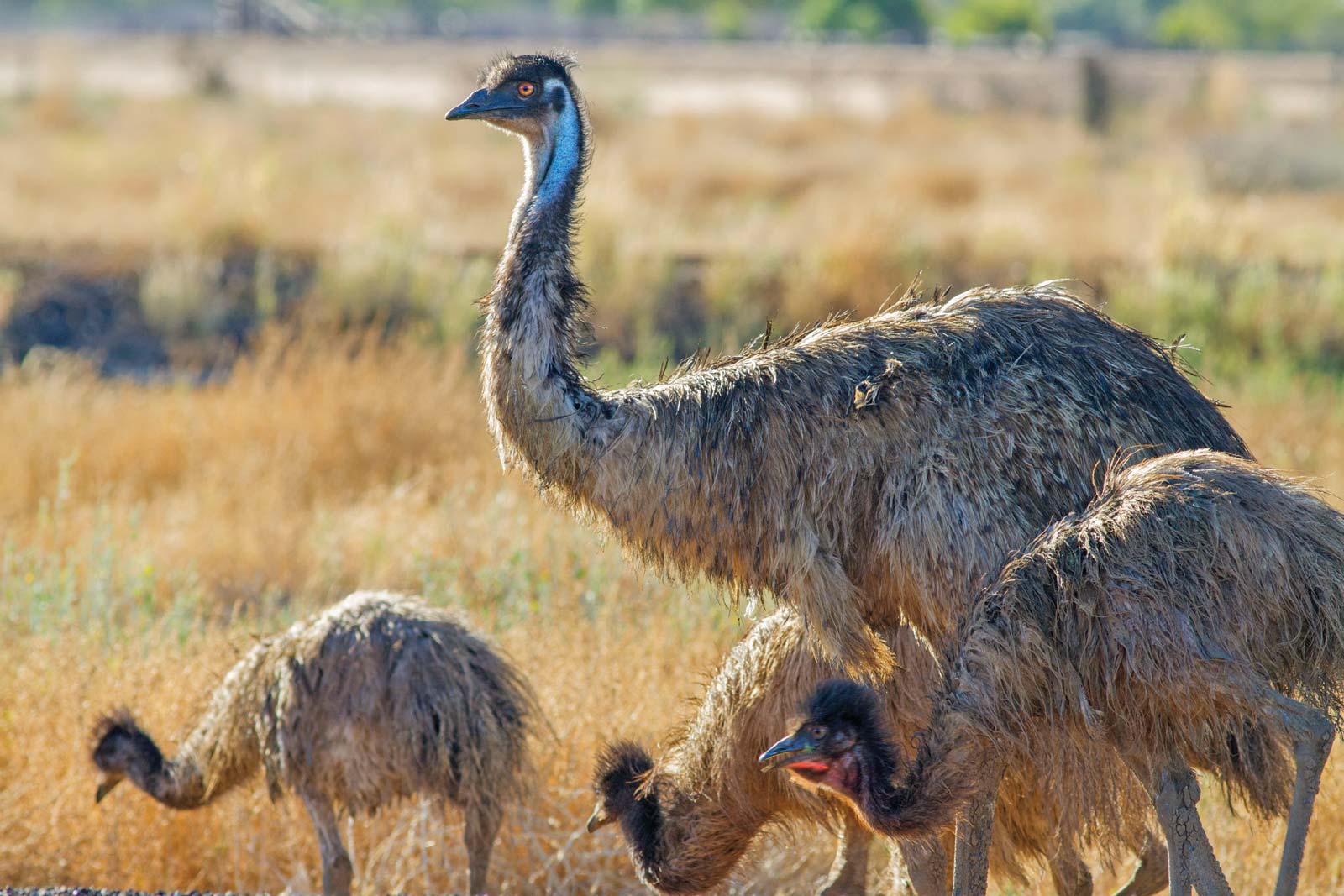
The common emu, the only survivor of several forms exterminated by settlers, is stout-bodied and long-legged like its relative the cassowary. Emus can dash away at nearly 50 km (30 miles) per hour; if cornered, they kick with their big three-toed feet. Like cassowaries and ostriches, the toe claws of emus are capable of eviscerating animals under the right conditions; however, human fatalities are extremely rare. Reports of emu attacks resulting in a range of injuries in Australia and in wild-animal parks, emu farms, and zoos across the world are not uncommon, with more than 100 occurring in 2009 alone.
Lammergeier (Gypaetus barbatus)
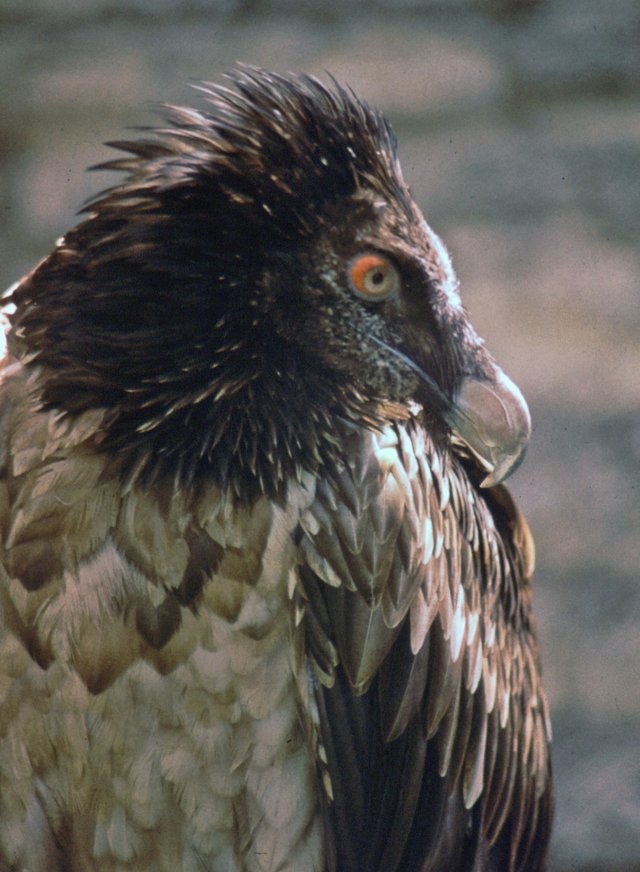
Lammergeiers, which are also called bearded vultures, are big eaglelike vultures of the Old World (family Accipitridae). These birds often reach lengths of more than 1 meter (40 inches), with a wingspread of nearly 3 meters (10 feet). They inhabit mountainous regions from Central Asia and eastern Africa to Spain and dine on carrion, especially bones, which they drop from heights as great as 80 meters (260 feet) onto flat rocks below. This cracks open the victim’s bones and allows the birds access to the marrow. Attacks on humans are either rare or even anecdotal; however, the Athenian dramatist Aeschylus is said to have died at Gela (on Sicily’s south coast) when a lammergeier dropped a tortoise on his bald head after mistaking it for a stone. Although Aeschylus did die at Gela, experts believe that the story describing the strange cause of his death was fabricated by a later comic writer.
Great horned owl (Bubo virginianus)
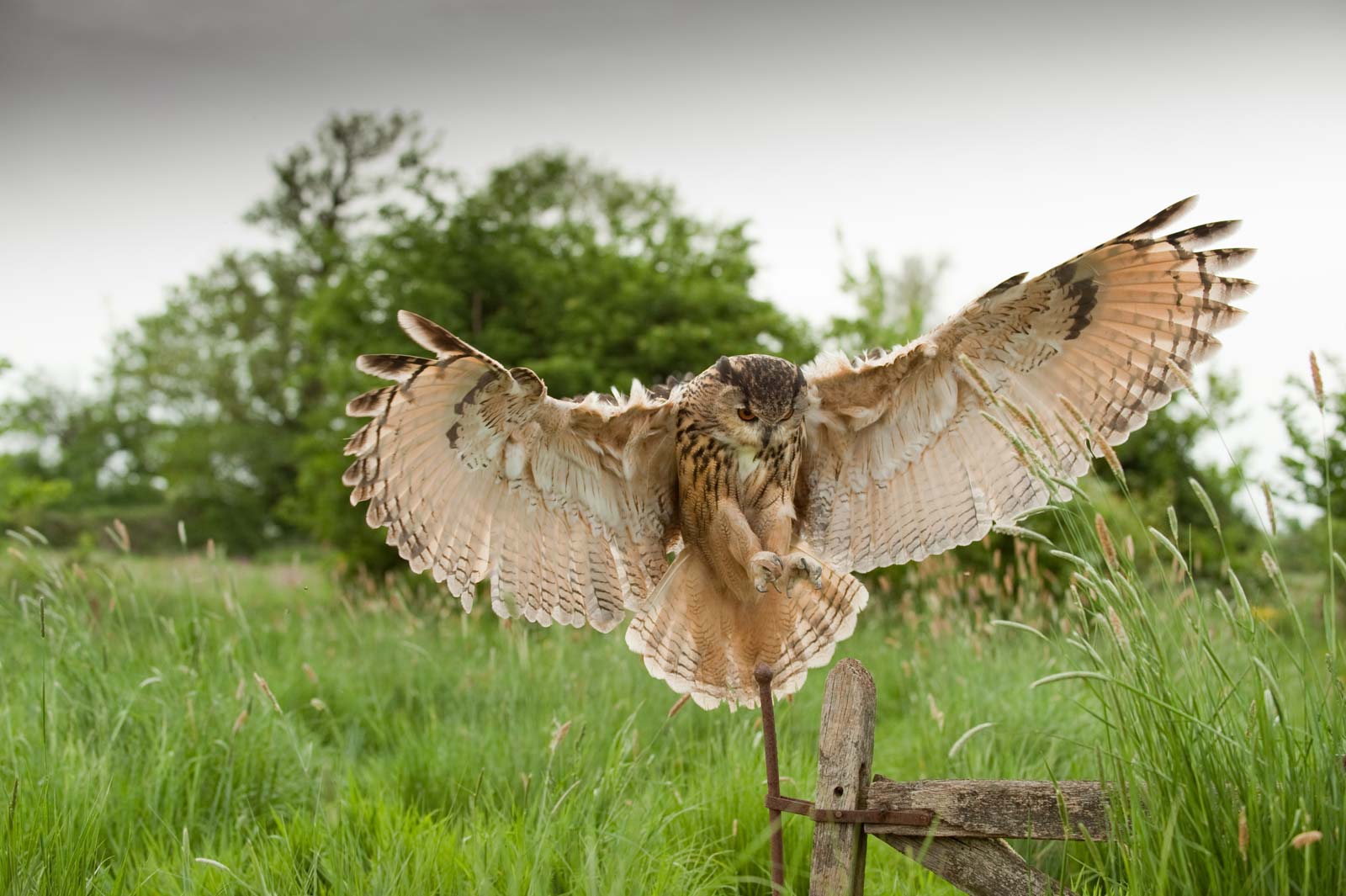
Owls of all kinds have been known to attack people when defending their young, their mates, or their territories. Frequent targets include unsuspecting joggers and hikers. Often victims escape without injury, and deaths from owl attacks are extremely rare. Great horned owls (Bubo virginianus) and barred owls (Strix varia), in particular, have received attention from high-profile attacks.
In 2012 a number of people in a Seattle-area park reported being attacked by a great horned owl that swooped down from the trees. A similar swooping attack occurred in Salem, Oregon, in 2015 when a great horned owl repeatedly struck the scalp of a jogger, who ran and later escaped. Great horned owls are powerful predators that often grow to more than 2 feet (60 cm) in length, with wingspans that often approach 200 cm (80 inches). These owls, which are found across the Americas, usually eat small rodents and birds but have been known to carry off larger prey. The clutching force of their talons can be as strong as 500 psi (which is similar to the bite of a large guard dog and thus great enough to permanently disfigure, blind, or kill). Great horned owls, like most owl species, tend to concentrate on the face and head in battles with larger animals.
Hi! I am a robot. I just upvoted you! I found similar content that readers might be interested in:
https://www.britannica.com/list/6-of-the-worlds-most-dangerous-birds
Downvoting a post can decrease pending rewards and make it less visible. Common reasons:
Submit